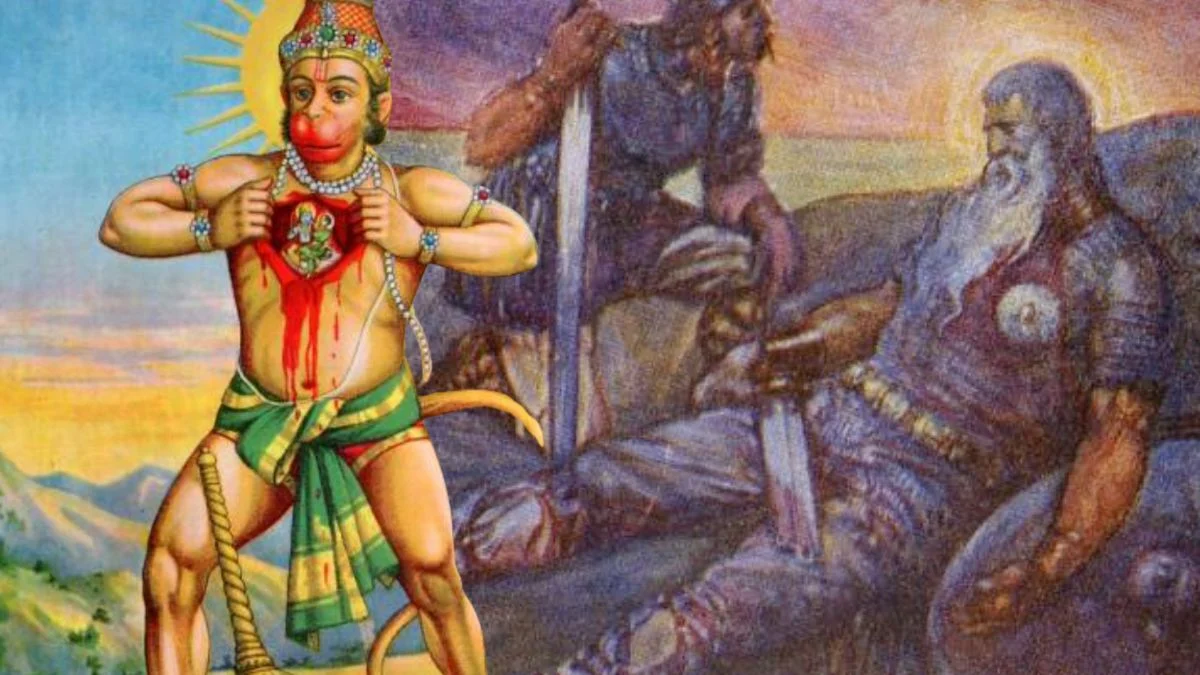
Stories of legendary heroes appear in cultures all over the world. These tales spread from place to place even before accurate maps existed, and continue to be shared today through books, games, and modern adaptations. These heroes typically overcame incredible challenges, battling monsters and even gods, rescuing entire kingdoms, and sometimes negotiating with destiny itself. Their names are found in both ancient and contemporary poetry.
These fifteen heroes are famous for stories that have inspired ideas of bravery and fate. They include kings who defied the gods, clever individuals who defeated entire armies, and warriors known for incredible strength or skill. These tales have been passed down through generations, and their legendary deeds continue to be retold today.
Gilgamesh
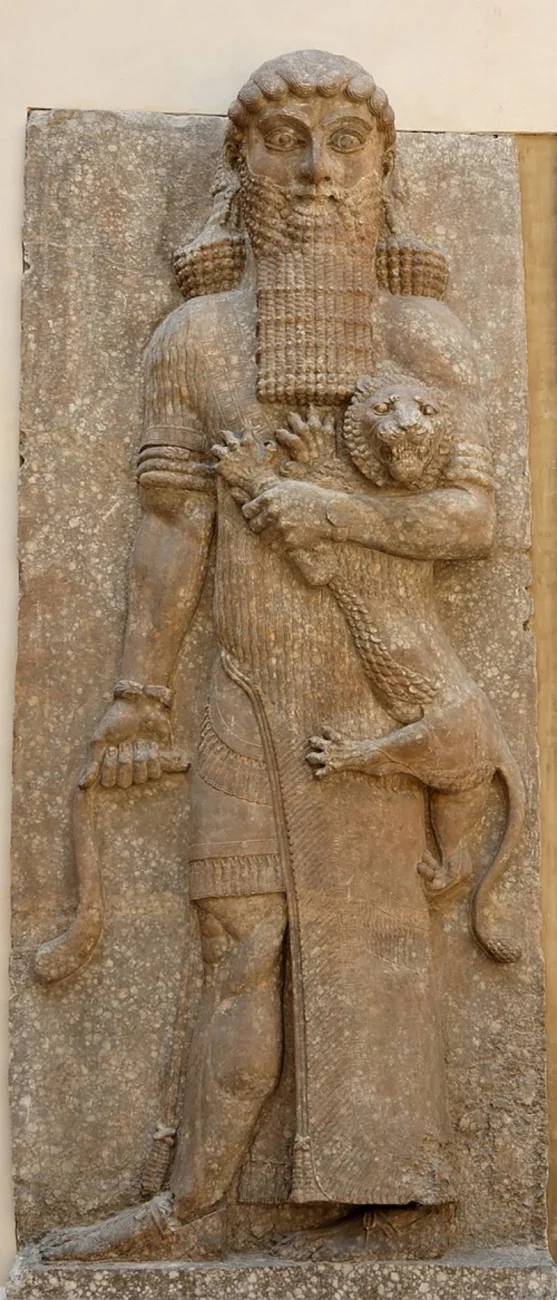
Gilgamesh, a king in ancient Mesopotamia, is the main character in a famous story named after him. The tale recounts his transformation from a boastful leader into someone searching for understanding after the death of his close friend, Enkidu. He journeys to find Utnapishtim, a man who lived through a massive flood, and discovers truths about death and the boundaries of strength. The story was originally written on clay tablets, offering a glimpse into how ancient writers explored a hero’s fight with purpose and grief.
Gilgamesh is famous for his incredible deeds, like killing the monstrous guardian of the forest, Humbaba, and defeating the Bull of Heaven, which brought hardship to the land. His adventures involved a difficult journey through treacherous mountains and across deadly waters, all while enduring harsh trials that tested his strength and determination. Through these quests, the story explores themes of what it means to be a good king, the importance of friendship, and the universal human desire to be remembered long after we’re gone, even for those as powerful as giants.
Heracles
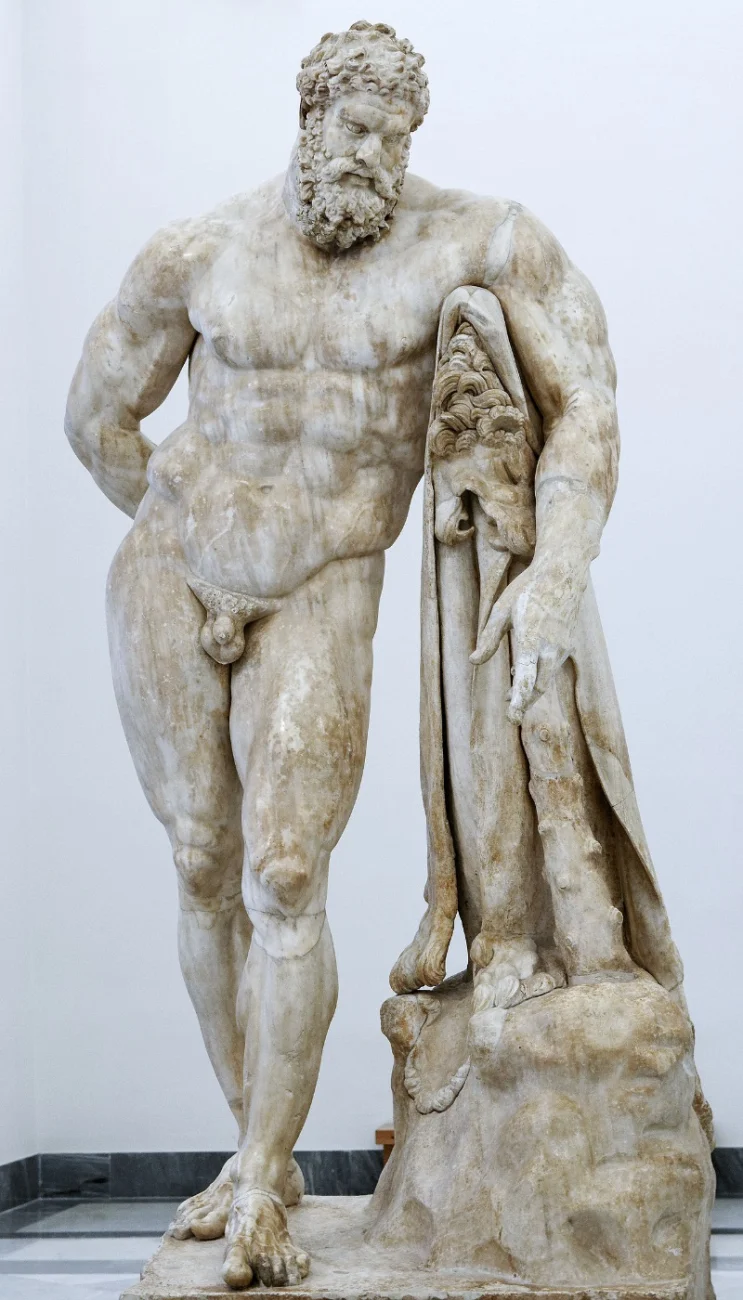
In Greek mythology, Heracles is a famously strong hero known for completing nearly impossible tasks as punishment and to serve the gods. He’s most famous for the Twelve Labors, a series of challenges given to him by King Eurystheus. These included feats like slaying the Nemean Lion, capturing a sacred deer, cleaning incredibly filthy stables, and even bringing the three-headed dog Cerberus up from the underworld. Each labor tested Heracles’ strength, cleverness, and determination in unique ways.
In some stories, after completing his twelve labors, Hercules joined the Argonauts in their search for the Golden Fleece and also protected people from bandits while they traveled. He was widely worshiped throughout the Mediterranean world, with temples and followers dedicated to him. Artists often depicted him with the lion skin and club he used to overcome challenges. The tale of Hercules examines themes of making amends for past actions, dedicating oneself to a higher purpose, and the dangers of unchecked power – suggesting that true redemption comes through service rather than force.
Achilles
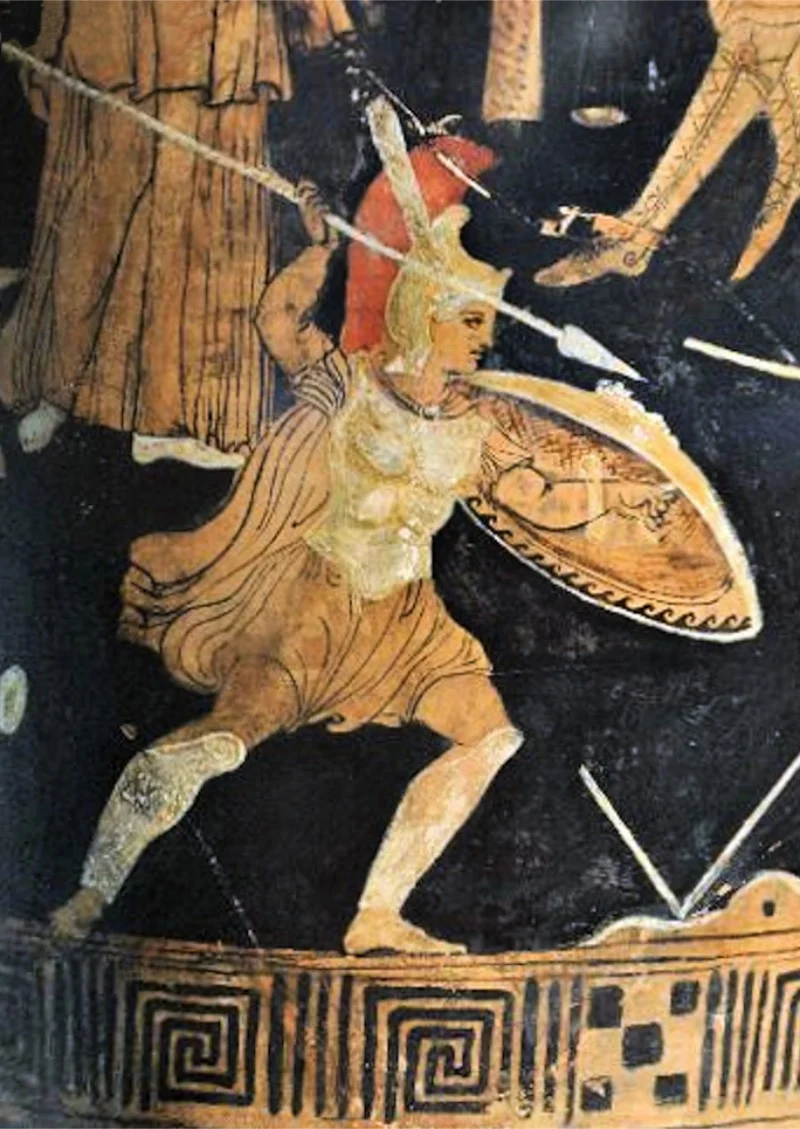
Achilles was the most celebrated warrior in the Greek army during the Trojan War. Born to the sea goddess Thetis and the king Peleus, he was almost unbeatable in battle. He knew he was destined for either a short life filled with fame or a long, unremarkable one, and he deliberately chose glory. This made him the key fighter for the Greeks.
Some of the most memorable moments in the story of Achilles include his battle with Hector outside Troy and his intense sorrow after Patroclus dies. The incredible armor forged by the god Hephaestus becomes a sign of both power and safety, changing hands throughout the war. Later tales focus on his one weak spot – his heel – and his eventual death near the war’s end. Ultimately, the story of Achilles explores themes of honor, rage, and the lasting legacy someone can achieve, even after everything is destroyed.
Odysseus
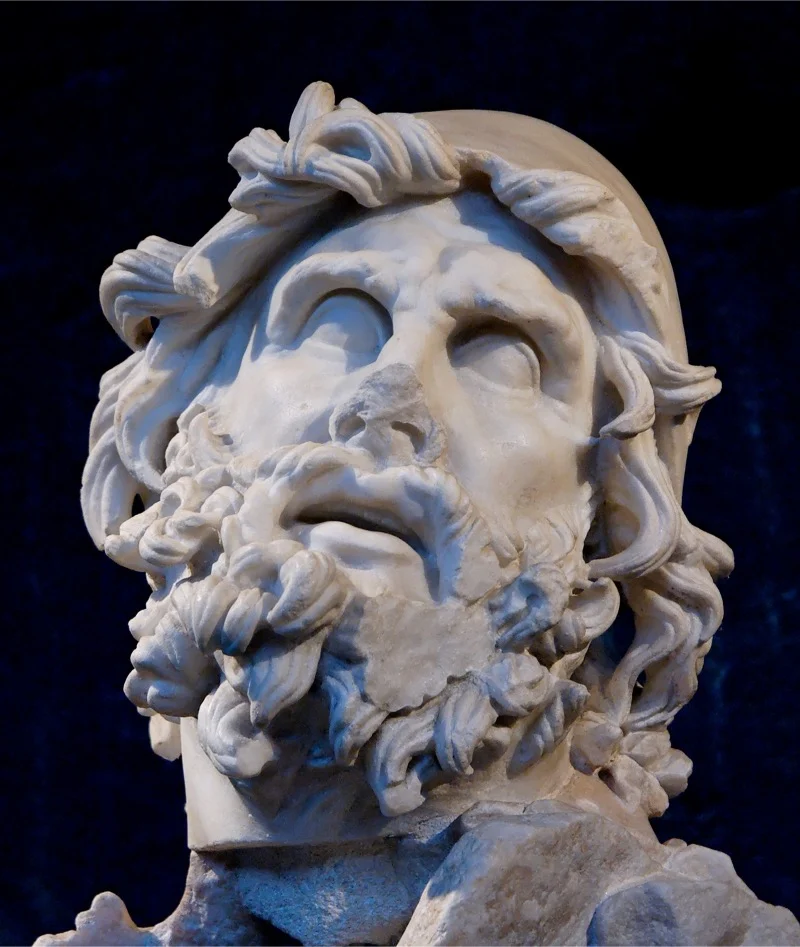
In Greek mythology, Odysseus is the resourceful and quick-witted king of Ithaca. After the Trojan War, his voyage home takes many years and has become a legendary tale. Along the way, he faces incredible challenges – blinding the giant Cyclops Polyphemus, resisting the deadly allure of the Sirens, and escaping the magical spells of Circe and Calypso. Each encounter pushes his skills as a leader and forces him to carefully balance danger with the need to survive.
Odysseus’s return to Ithaca isn’t easy; he has to disguise himself and figure out who remained faithful while dealing with the arrogant men trying to marry his wife. He proves who he is through a remarkable feat with his bow, showcasing his strength and skill. The story highlights the importance of welcoming guests, honoring promises, and understanding the balance between clever planning and fate. Odysseus demonstrates that strategy and good timing can be more effective than brute force.
Beowulf
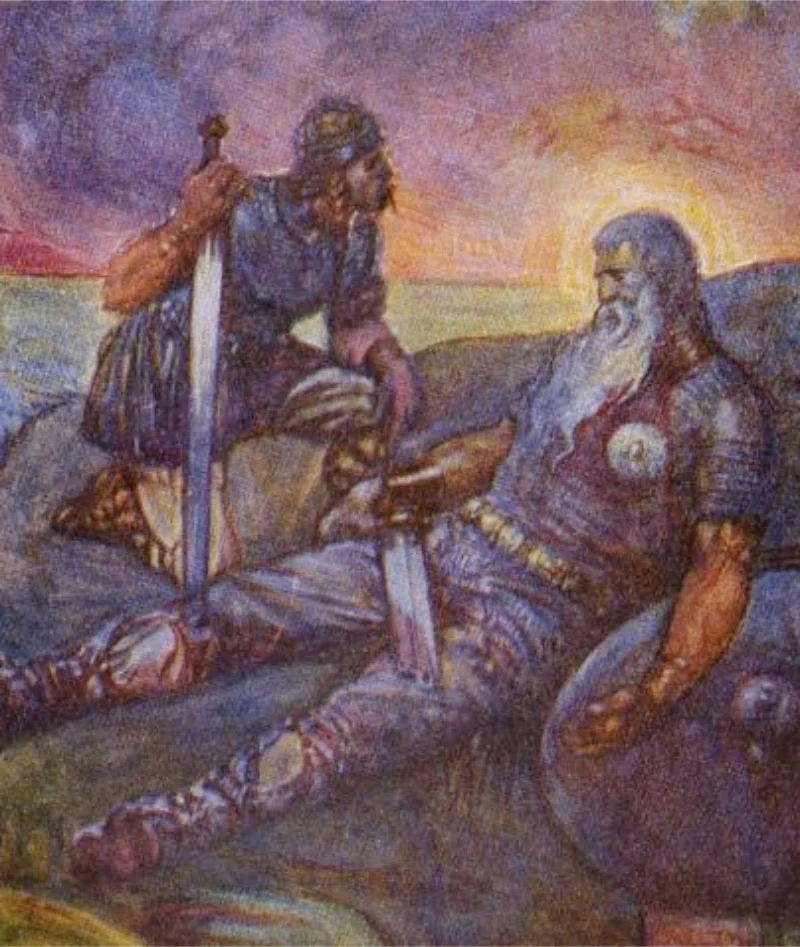
The story of Beowulf, an ancient epic poem, offers a glimpse into life in medieval Northern Europe. Beowulf, a hero from Geatland, travels to Denmark to assist King Hrothgar, whose great hall is being terrorized by the monster Grendel. After defeating Grendel, Beowulf ventures into the depths to defeat Grendel’s mother, restoring peace to the Danes. The poem then recounts Beowulf’s reign as king and his final battle against a dragon that endangers his own kingdom.
This story explores the concept of honor among warriors and kings through depictions of gift-giving, bragging, and funeral traditions. The hero’s strength shifts throughout his life – sometimes relying on physical power, other times on a magical weapon, and eventually on the support of a trusted friend as he ages. The climactic battle with a dragon illustrates the burdens of leadership and how a community remembers its defender long after the conflict is over.
Cú Chulainn
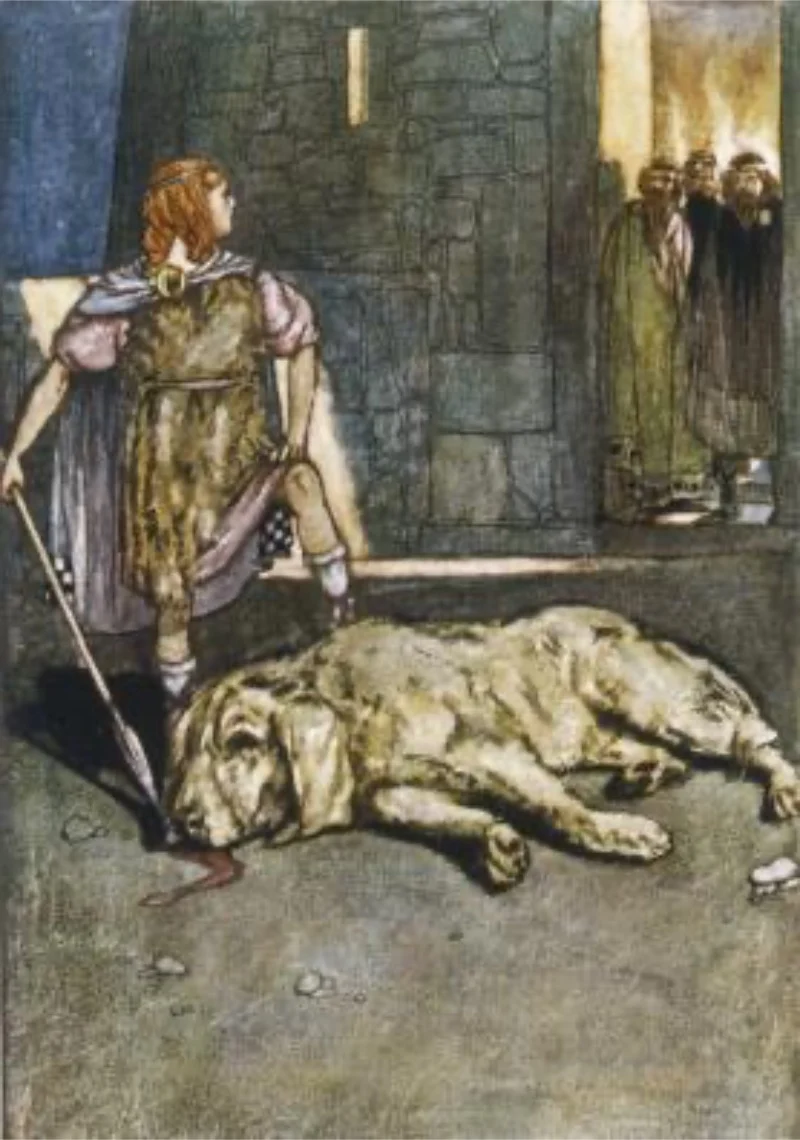
In Irish mythology, Cú Chulainn is a legendary hero and the greatest warrior of Ulster. Originally named Sétanta, he became known as Cú Chulainn after killing a guard dog belonging to a blacksmith named Culann, and offering to take the dog’s place and protect the smith’s property. During battle, he would enter a fierce, almost superhuman state called ríastrad, which made him incredibly powerful. Stories tell of him single-handedly defending the border of Ulster against entire armies during a famous conflict called the Cattle Raid of Cooley.
As a total mythology and movie nerd, I’ve always been fascinated by this hero. His weapon, the gae bolga, isn’t just a spear – it’s *the* way heroes settled scores back in the day, always delivering a killing blow. But what really gets me is how he’s bound by these incredibly complex rules – oaths, family ties, and personal ‘geasa’ that dictate everything he does. It’s not a simple fight; it’s a battle of wits. His downfall isn’t brute force, but someone cleverly exploiting those very rules. It’s a tragic end, really, and feels like the close of an era. He really embodies this ancient Irish world, reflecting their laws, warrior culture, and the heartbreaking reality that you can’t always keep every promise.
Sun Wukong
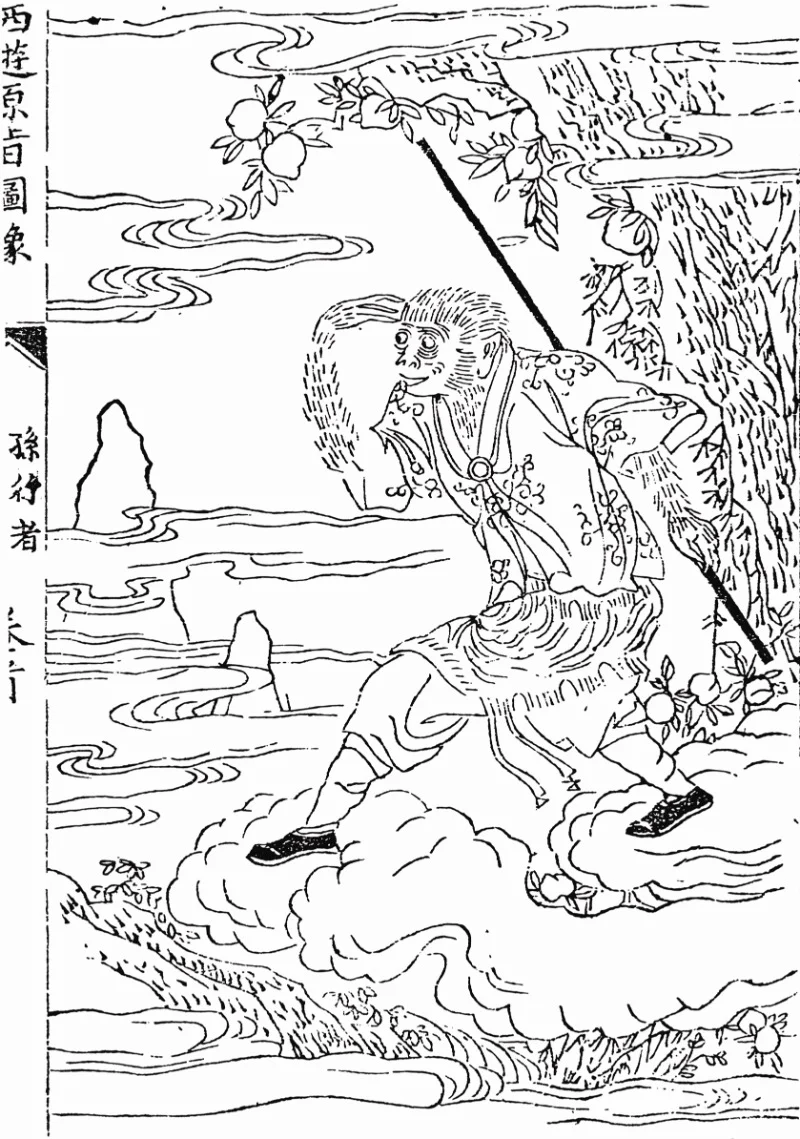
Okay, so I just finished learning about Sun Wukong, and wow, what a character! He’s this legendary Monkey King from Chinese stories, and his origin is *wild* – literally born from a stone! He trains with a Taoist master and ends up with incredible abilities, like being able to transform into 72 different things, travel super fast on clouds, and basically being invulnerable. Apparently, he was a bit of a troublemaker, even stealing peaches that made people immortal and causing chaos in heaven! Eventually, Buddha had to step in, but Sun Wukong doesn’t stay down for long. He ends up joining a pilgrimage to India, acting as a protector along the way. Honestly, it’s a fantastic story – a real mix of adventure, mythology, and a seriously cool protagonist.
Sun Wukong wields a magical staff called the Ruyi Jingu Bang, which can grow or shrink to any size and is incredibly heavy. Throughout his journey, he fights demons and spirits who try to capture the monk Xuanzang. The story delves into themes of self-control, making amends for past mistakes, and the balance between natural ability and spiritual growth. Sun Wukong demonstrates that a playful, even mischievous, nature can be channeled for good, all while retaining its energy.
Rama
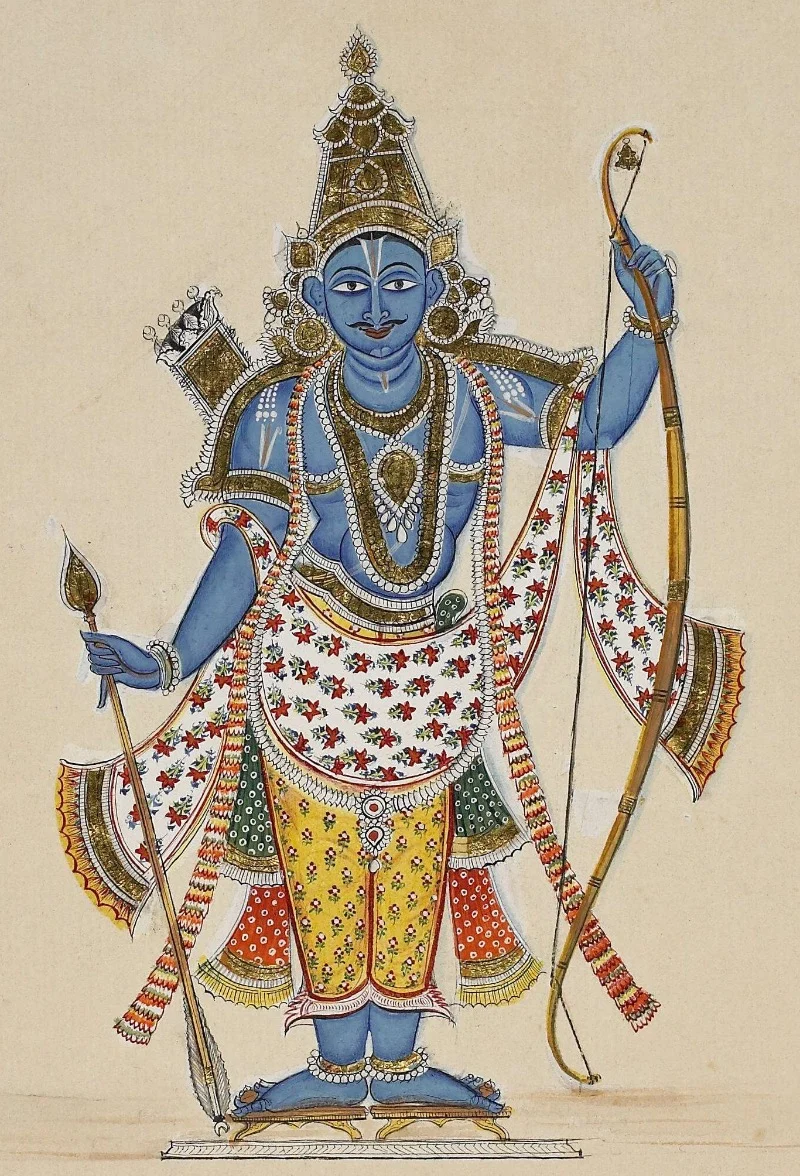
In the ancient story of Rama, he’s a prince from Ayodhya and considered a divine incarnation. After being forced into exile in the forest with his wife, Sita, and brother Lakshmana, he becomes known as an example of perfect responsibility and leadership. The story then centers on Rama’s quest to rescue Sita after she’s kidnapped by the demon king Ravana, and how he builds alliances to reach Ravana’s island kingdom of Lanka.
The epic features pivotal events like the construction of a bridge with the help of monkey allies, the use of powerful weapons in combat, and Rama’s triumphant return to Ayodhya to reestablish peace. He’s honored through temples and festivals as an example of just leadership and unwavering devotion to duty. The narrative beautifully weaves together themes of family, responsibility to the kingdom, and the harmony of the universe within a single, compelling story.
Arjuna
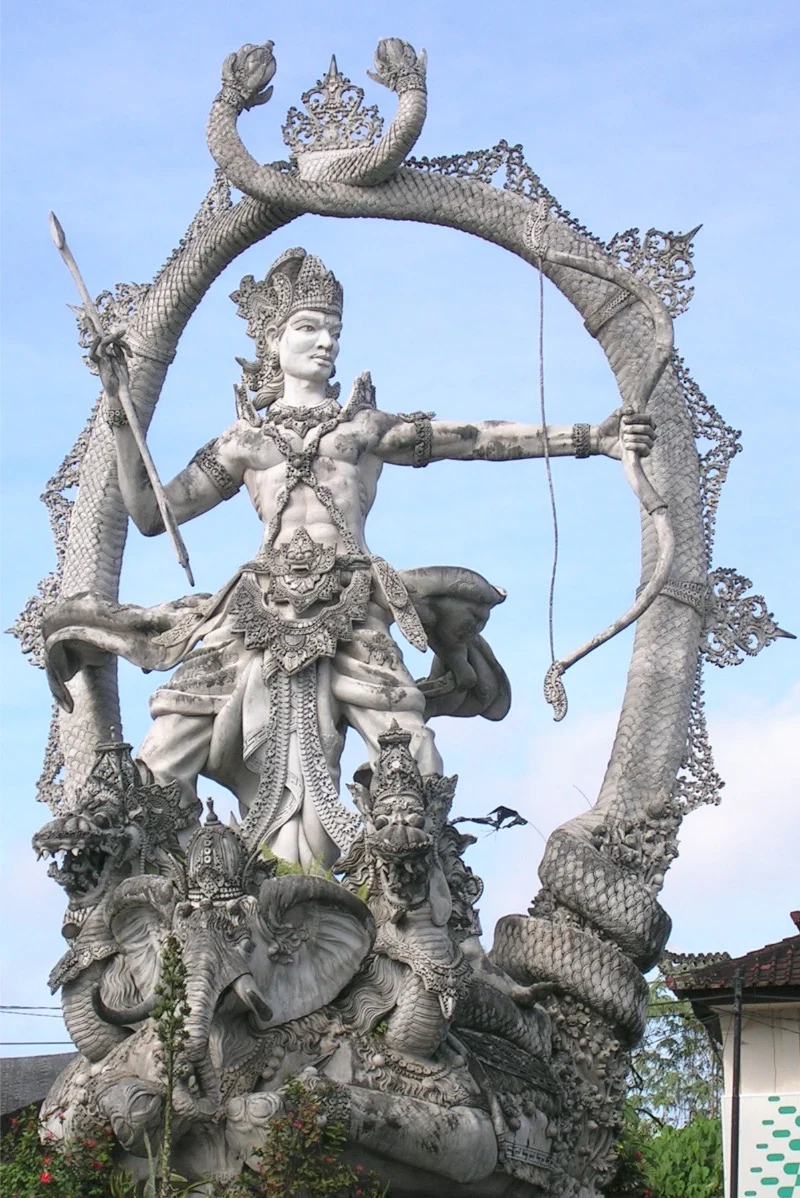
Arjuna is one of the main heroes in the epic story, the Mahabharata, and is known as the most skilled archer among his brothers, the Pandavas. He was trained by Drona and receives guidance from Krishna, allowing him to expertly use his powerful bow, the Gandiva, and a variety of divine weapons earned through dedicated practice. During the great war, he finds himself on the battlefield at Kurukshetra, struggling with difficult questions about fighting against his relatives and teachers.
The following conversation explores ideas about responsibility, faith, and focused effort. Throughout the larger story, Arjuna demonstrates his strength in competitions, helps those in need, and completes spiritual journeys, gaining favor from the gods. He represents the ideal combination of martial skill and moral thinking, highlighting how both are essential when a kingdom is at risk.
Hanuman
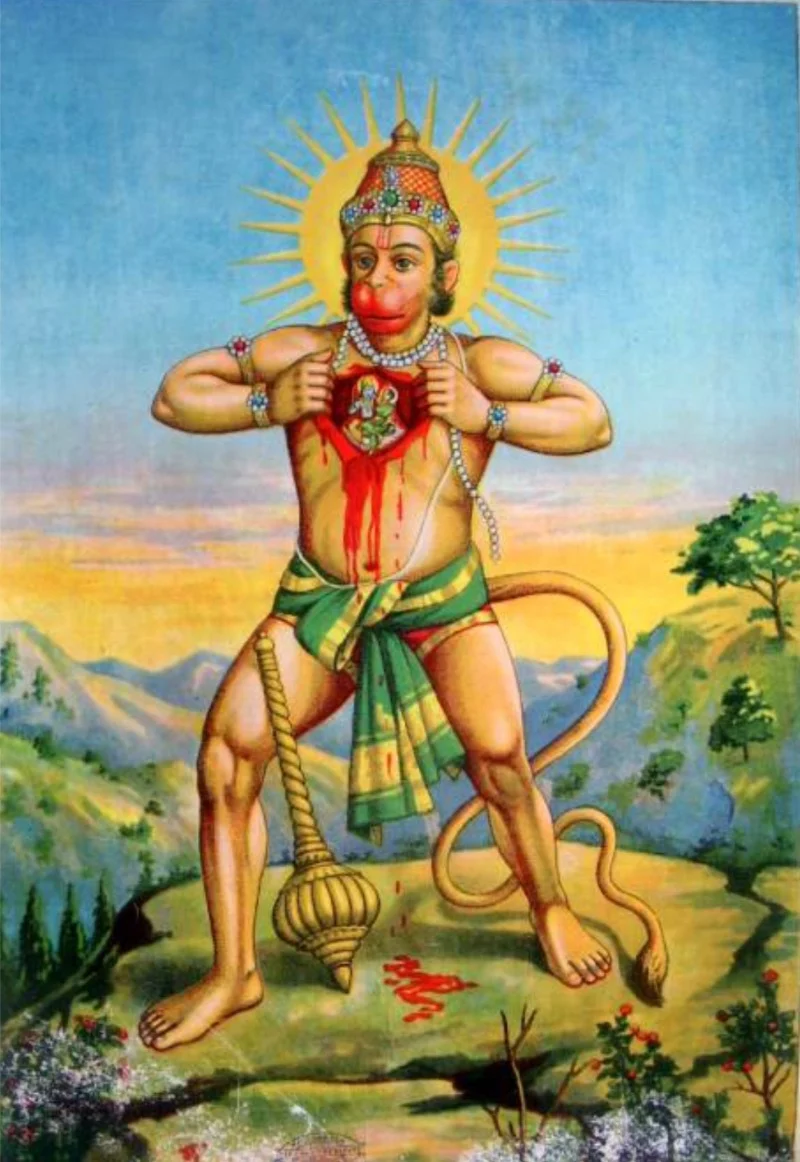
Hanuman is a powerful and devoted hero, known for his incredible strength and speed. He’s completely loyal to Rama and plays a vital role in finding Sita. His famous jump across the ocean and his scouting mission in Lanka provide crucial information that changes everything. He can also change his size – becoming huge to fight enemies or small to sneak past them when necessary.
Many stories depict him carrying a mountain filled with healing herbs to help his friends during battles. After an attempt to capture him fails, he lashes out and sets part of Lanka ablaze with his powerful tail. He’s often celebrated as a selfless servant whose strength is driven by a higher purpose. His story emphasizes the importance of collaboration and how a trustworthy messenger can turn the tide of a conflict.
Thor
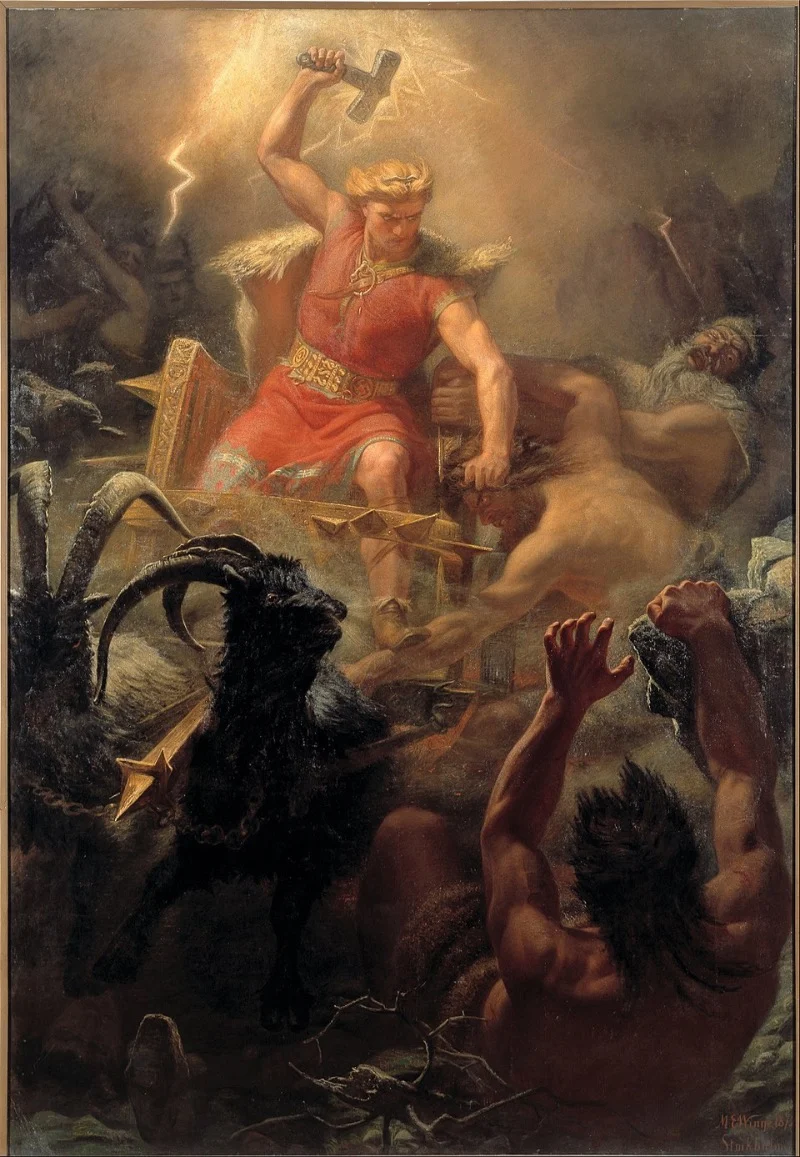
In Norse mythology, Thor is the powerful god of thunder, known for protecting people. He journeys between worlds in a chariot pulled by goats, and possesses incredible strength thanks to a magical belt and iron gloves. His famous hammer, Mjölnir, always returns to him after he throws it. It’s used in battles, but also plays a ceremonial role in weddings and when making promises.
Stories often depict Thor battling giants and having an enormous appetite, pushing the limits of anyone hosting him. One tale tells of him fishing for the serpent Jörmungandr, almost succeeding before destiny intervened. Prophecies say he’ll face this same serpent in the final battle. Ultimately, Thor embodies the protection of his community and a fierce, unwavering fight against anything threatening the world of both gods and humans.
Sigurd
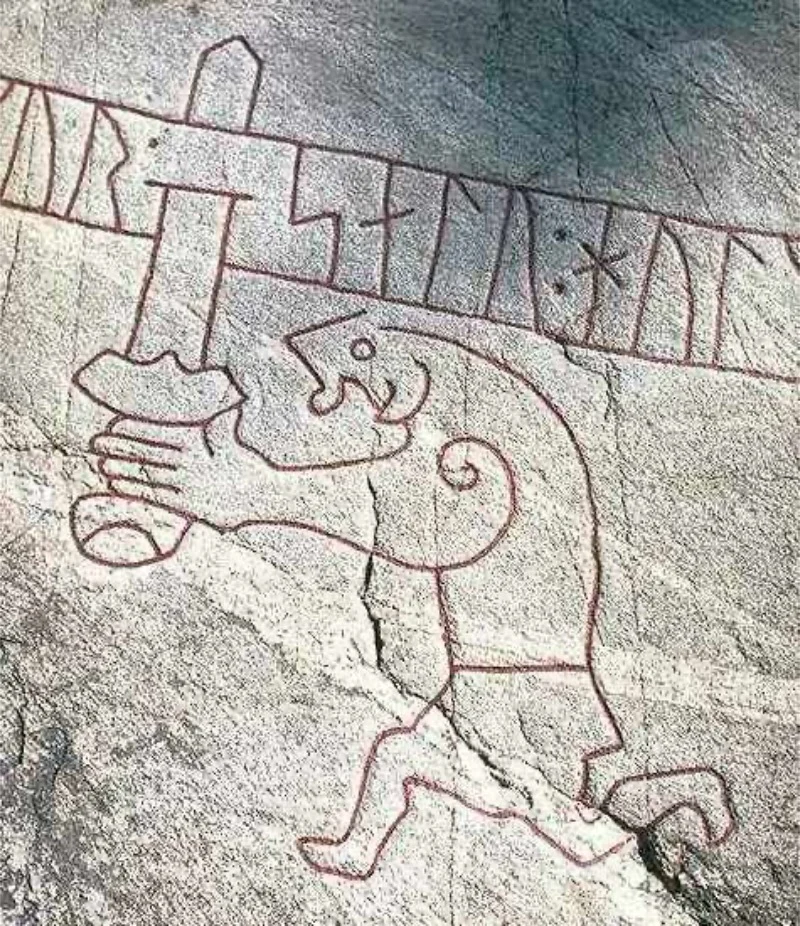
Sigurd (also known as Siegfried in some stories) is a legendary hero famous for killing dragons. He wields a special sword made from pieces of a broken blade, which was then reforged to be incredibly strong. After killing the dragon Fafnir, he tastes its blood and gains the power to understand what birds are saying. This ability helps him uncover a plot against him involving a treasure guarded by a curse.
The story centers around Sigurd, his encounter with the warrior Brynhildr, a memory-erasing potion, and a series of promises that ultimately lead to conflict. It’s a tragic tale of heroes falling and great halls being destroyed, marking the end of a lineage tied to a cursed treasure. Sigurd’s journey highlights the perils of gaining wealth through force and how a single weapon can dramatically alter the fate of families and entire kingdoms.
Rostam
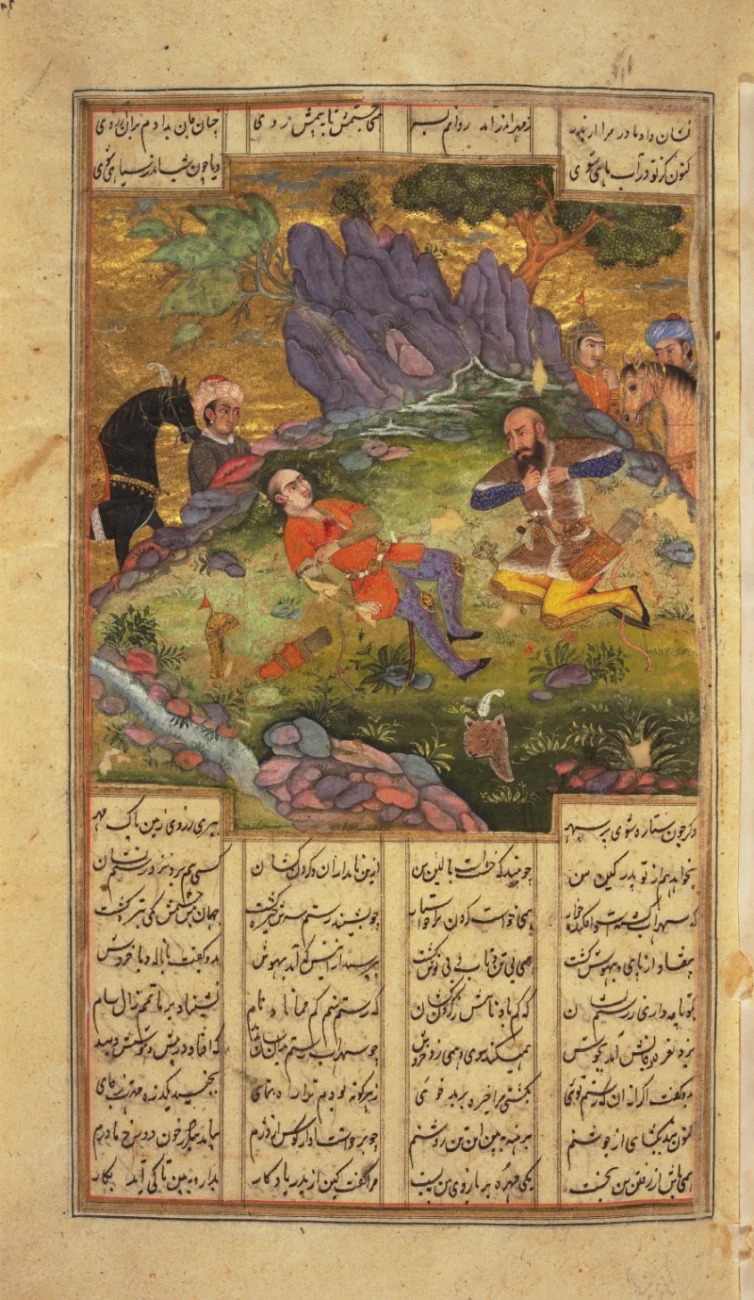
Rostam is the greatest hero in Iranian mythology. He’s famous for riding his horse, Rakhsh, and is easily recognized in art and stories by his special armor and tiger skin. His incredible journey involves completing seven dangerous tasks, where he battles monsters, crosses harsh deserts, and overcomes trickery. One particularly famous story shows his courage and healing powers when he defeats the White Demon and uses its heart and blood to restore a king’s sight.
A key moment in Rostam’s story is his heartbreaking fight with his son, Sohrab. They don’t realize who each other is until it’s too late, tragically discovering their connection through a shared armband. Throughout his long life, Rostam also fights against the warlord Afrasiab and defends the country’s borders, connecting local stories with the larger history of the empire. He represents loyalty to his homeland, wise counsel to kings, and a remarkably strong bond with his horse, who fights alongside him with almost human intelligence and devotion.
Māui
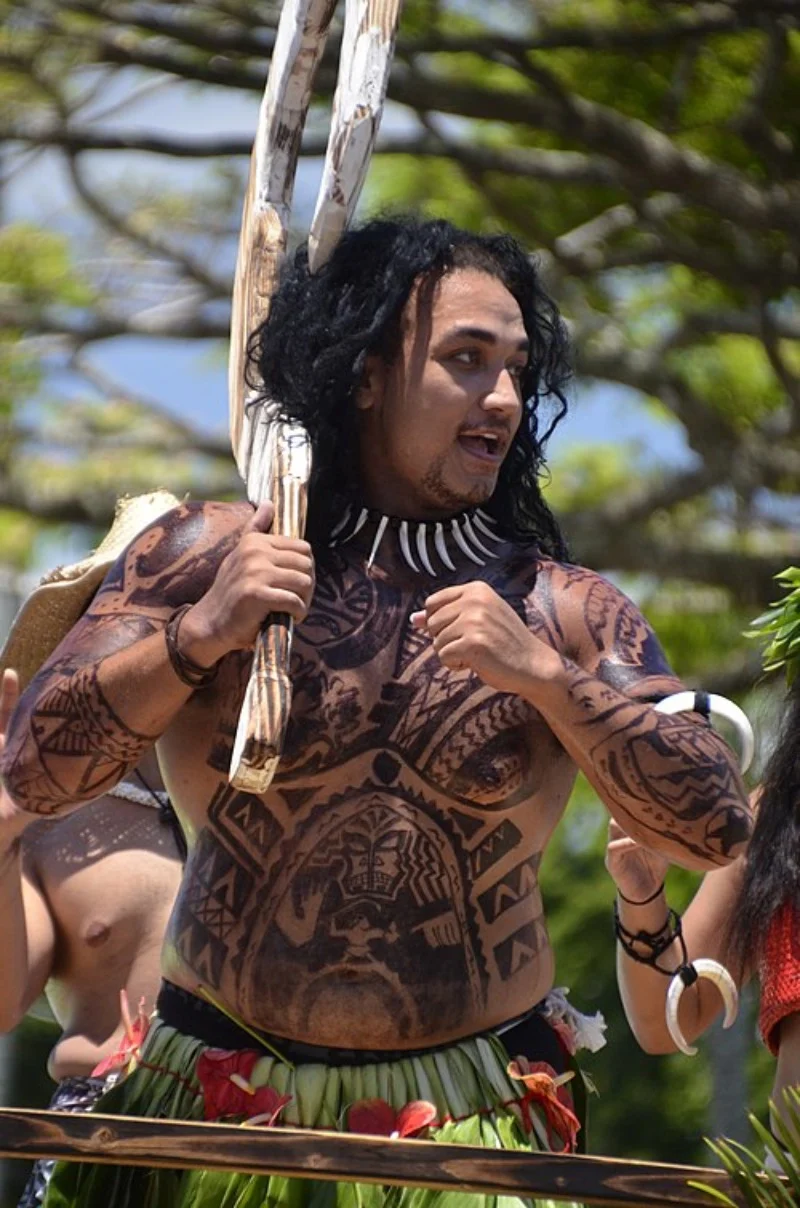
Māui is a legendary hero celebrated throughout Polynesia, with stories changing slightly from island to island. He’s famous for incredible deeds like slowing down the sun, pulling islands up from the ocean with a magical hook, and bringing fire to humanity by overcoming its protectors. These tales not only explain how things in the natural world came to be, but also connect people to the land, sea, and sky around them.
Stories tell of a time when people tried to overcome death and achieve immortality by reversing the natural order of life. This attempt ultimately failed, explaining why humans are mortal. Māui, a legendary figure, was known for his inquisitive nature, boldness, and willingness to break conventions – all in the service of helping his people thrive and explore. His legacy lives on in the names of places, traditional songs, and the shapes of canoes, stars, and reefs.
Lam-ang
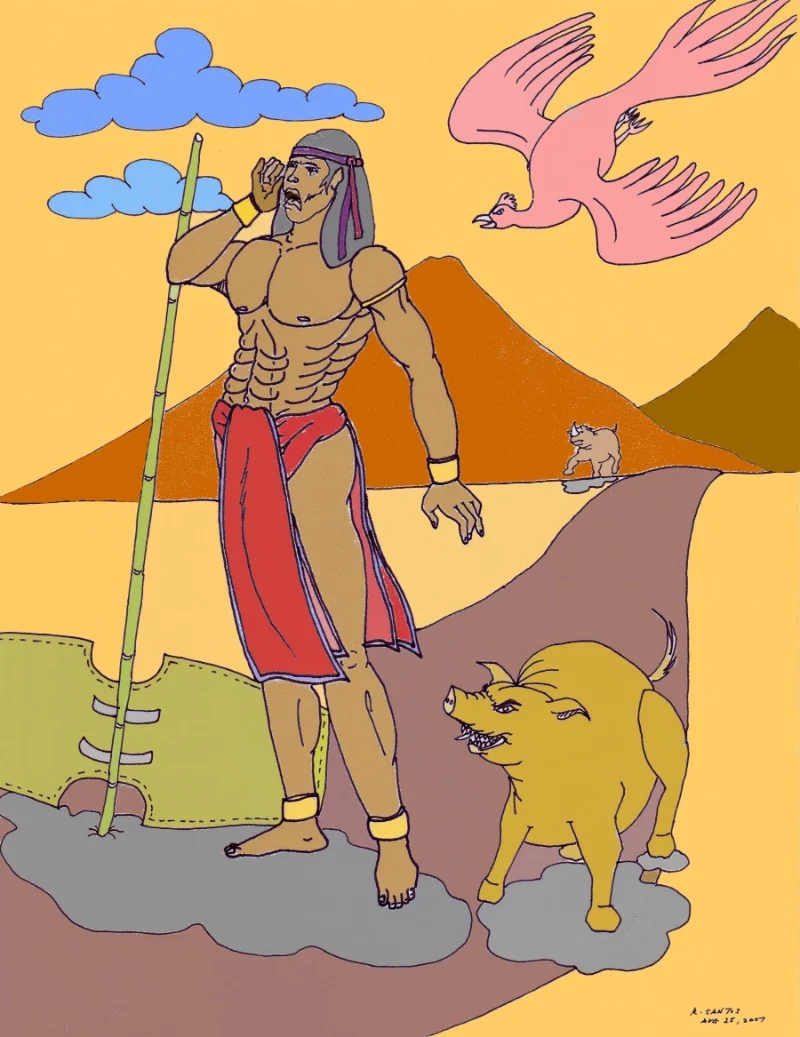
Lam-ang is the central hero of a traditional epic poem from the Ilocos region of the northern Philippines. The story begins with his remarkable birth, showcasing his intelligence and power, and details his journey to find his father, who went missing in battle. Throughout his adventures, Lam-ang overcomes various enemies – from bandits to mythical beasts – combining his fighting abilities with moments of romance and peaceful discussion.
The story centers around his marriage to Ines Kannoyan, his close bonds with animals like a rooster and a dog, and a journey to the afterlife following a deadly river challenge. He’s brought back to life through the help of his community, highlighting the power of working together and the strength of relationships. The epic poem also keeps local traditions, language, and beliefs alive, and is still performed at festivals and in schools today.
Tell us who your favorite mythological hero is in the comments! We’d also love to hear which of their stories you think would make a great new movie or book.
Read More
- Silver Rate Forecast
- Gold Rate Forecast
- Красный Октябрь акции прогноз. Цена KROT
- MSCI’s Digital Asset Dilemma: A Tech Wrench in the Works!
- Dogecoin’s Big Yawn: Musk’s X Money Launch Leaves Market Unimpressed 🐕💸
- Bitcoin’s Ballet: Will the Bull Pirouette or Stumble? 💃🐂
- Guardian Wealth Doubles Down on LKQ Stock With $1.8 Million Purchase
- Binance and Botim Money Join Forces: Crypto in the UAE Gets a Boost-Or Does It? 🚀
- Twenty One Capital’s NYSE debut sees 20% fall – What scared investors?
- Monster Hunter Stories 3: Twisted Reflection gets a new Habitat Restoration Trailer
2025-10-13 18:48